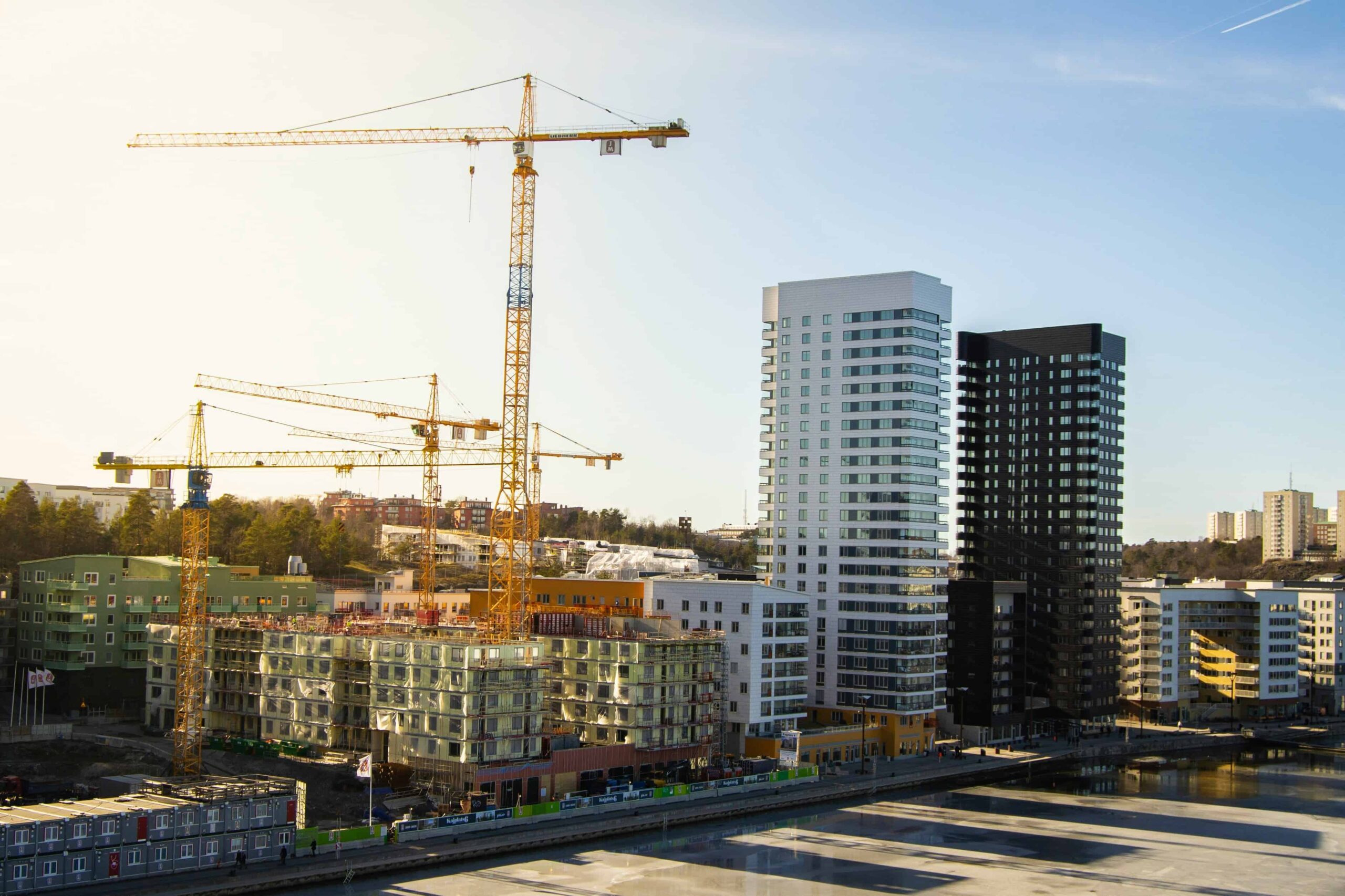In recent decades, LGBTQ+ communities have received increased attention from policymakers. But the issues facing intersex people – whose sex characteristics do not fit binary notions of male and female – remain largely invisible. This column discusses the challenges faced by intersex communities in Mexico, where a nationally representative dataset reveals that approximately 1.6% of individuals aged 15 to 64 identify as intersex. They face stigmatisation and bullying in childhood and adolescence, lower wellbeing in adulthood, and higher rates of harassment and discrimination in health care and the workplace.
In the ongoing debate about LGBTQI+ rights and protections, one group remains largely invisible: intersex individuals, whose sex characteristics do not fit the typical binary notion of male and female bodies. In recent decades, LGBTQ+ policies and inequalities have received growing attention (e.g. Aksoy et al. 2018, Aksoy and De Haas 2022, Aksoy et al. 2024, Badgett et al. 2024), including increasing protection for transgender individuals (whose current gender does not match their sex assigned at birth). On the other hand, intersex issues remain largely hidden, in part because intersex status is not usually measured in population surveys or health records. This column discusses the challenges faced by intersex individuals and the need for inclusive data and policies.
Beyond the binary
The reality of intersex people confronts doctors, policymakers, and bureaucrats with the existence of diversity that goes beyond the binary idea of two biological sexes (male and female). These sex variations have been recognised since ancient history, reflected in epic figures such as Hermaphroditus in Greek mythology or Ardhanarishvara in Hinduism. Today, those born with sex characteristics that do not conform to typical male or female bodies – including variations in genitals, hormones, chromosomes, or internal anatomy – face challenges ranging from invisibility to discrimination and non-consensual medical interventions to ‘correct’ these variations, often resulting in irreversible damage such as infertility and psychological stress.
In the first ever study to use a large nationally representative survey, we document substantial negative outcomes for intersex individuals (Muñoz et al. 2024a). We use a nationally representative survey in Mexico and find that approximately 1.6% of individuals aged 15 to 64 are intersex, in line with previous estimates of 1.7% in the literature. We then document the key challenges faced by intersex individuals throughout their lives – such as higher rates of bullying, stigmatisation, harassment, and violence – that affect their wellbeing and socioeconomic outcomes compared to non-intersex (endosex) men and women.
LGBTQI+ equality in Mexico
Mexico has recently made significant strides in advancing LGBTQ+ rights. For instance, in 2024 the Mexican Senate passed a bill banning conversion therapy, a harmful pseudoscientific practice that attempts to change someone’s sexual orientation or gender identity (Lavers 2024). Additionally, same-sex marriage is now legal throughout the country, following a series of state-level approvals culminating in legalisation in Tamaulipas in 2022 (Reuters 2022). Furthermore, Mexico has introduced an X gender marker on passports for those who do not identify as solely male or female (Garcia 2023). Despite these advancements, disparities by sexual orientation and gender identity persist (Muñoz et al. 2024b), and specific protections for intersex individuals remain insufficient (ILGA 2023).
Researchers have already evaluated the impact of some of these LGBTQ+ policies in countries around the world. For instance, the legalisation of same-sex marriage has been shown to have significant positive effects on labour market outcomes (Sansone 2019) and mental health. Indeed, van Ours and Chen (2021) found that the legalisation of same-sex marriage led to improvements in mental health for LGBTQ+ individuals, highlighting the broader impact of inclusive policies on overall wellbeing. Nevertheless, research in the social sciences specifically on intersex individuals is almost non-existent and based primarily on non-probabilistic samples or small datasets from medical settings.
Stigmatisation, bullying, and discrimination against intersex people
We use data from the National Survey on Sexual and Gender Diversity (ENDISEG) in Mexico, the first nationally representative survey conducted by a national statistics office in a developing country with the objective of focusing on the LGBTQI+ population. Our final sample includes around 35,000 respondents aged 15–64, with more than 600 individuals who reported being born with any variations in their body related to their sex.
Intersex individuals face significantly higher rates of stigmatisation and harassment in childhood and adolescence compared to their endosex counterparts (Figure 1). These adverse early experiences become a foundation for ongoing discrimination and harassment in adulthood: for instance, intersex people are more likely to experience denial of medical care and access to public restrooms.
Figure 1 Experiences of stigmatisation and harassment among male, female, and intersex individuals


Notes: Intersex individuals aged 15–64 report more experiences of stigmatisation, harassment, and rejection.
Source: Muñoz et al. (2024a).
Additionally, intersex individuals face substantial barriers to forming intimate relationships, and report higher levels of life dissatisfaction (Figure 2). Mental health issues are notably more prevalent among intersex people, including higher rates of insomnia, depression, and suicidal ideation, likely linked to stigmatising and traumatic experiences from childhood.
Figure 2 Wellbeing among male, female, and intersex individuals


Notes: Intersex individuals aged 15–64 report greater life dissatisfaction and poorer mental wellbeing.
Source: Muñoz et al. (2024a).
In terms of education and the labour market, intersex individuals achieve lower educational levels and face toxic and challenging work environments. Indeed, although the labour force participation rate of intersex people is higher than that of endosex women, it is lower than that of endosex men. Intersex workers also face greater exclusion and harassment in the workplace, negatively affecting their wellbeing and job satisfaction.
The need for inclusive data and policies
These findings are policy-relevant and timely, as governments, international and civil society organisations are increasingly working towards addressing human rights violations and discrimination faced by intersex and LGBTQ+ individuals (EQUINET 2020).
Key policy initiatives include the importance of legal recognition of intersex status and protection of intersex individuals, which can be achieved by implementing non-discriminatory laws and banning harmful practices such as non-consensual medical interventions in babies and infants.
Finally, it is worth emphasising that comprehensive data collection is an essential component of effective policy. Nationally representative surveys, like those conducted in Mexico, are necessary to gather accurate data on intersex and LGBTQ+ populations and inform targeted interventions. Including information on sex variations in administrative data and tracking individual outcomes over time could yield more detailed and nuanced research findings, feeding into inclusive and equitable policymaking that leaves no one behind.
Source : VOXeu





































































